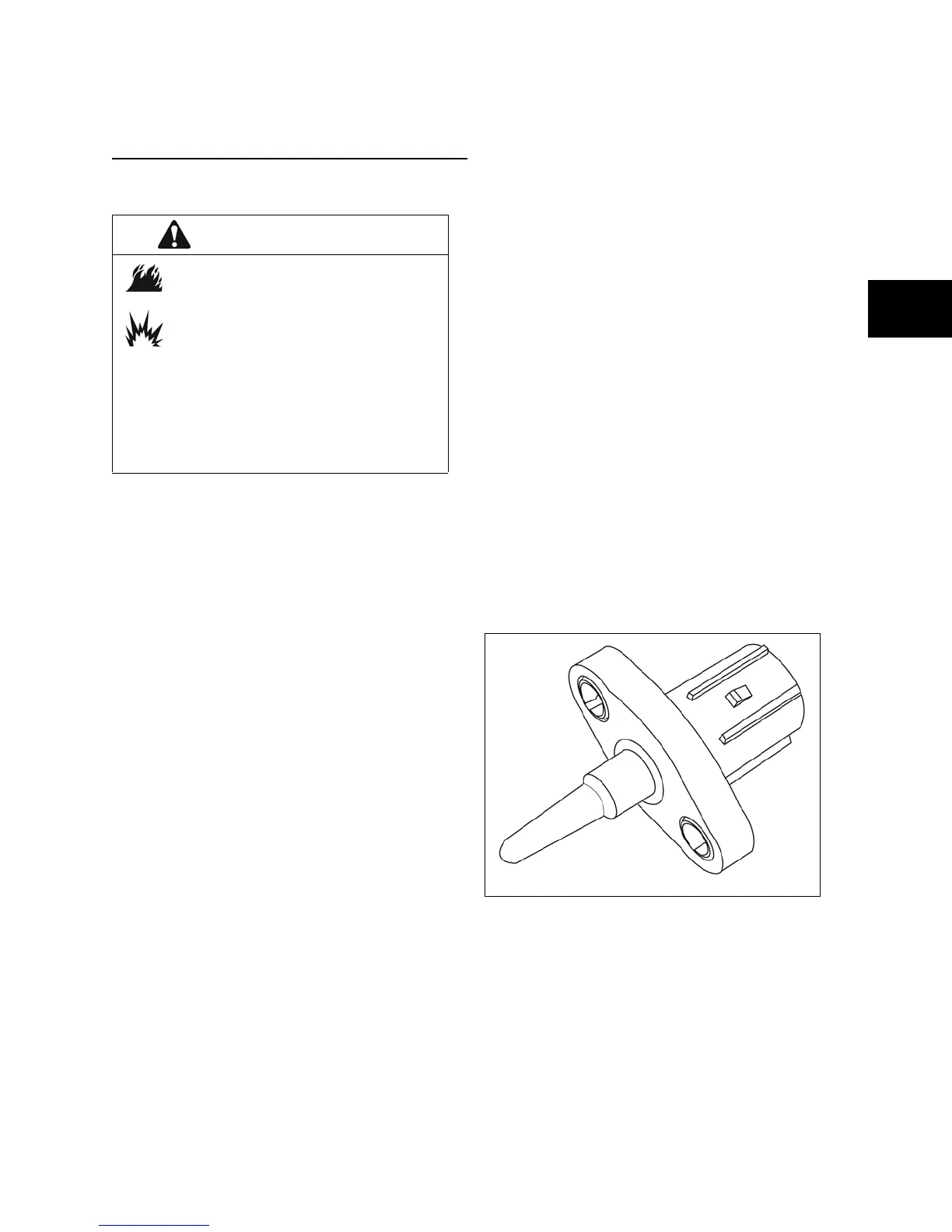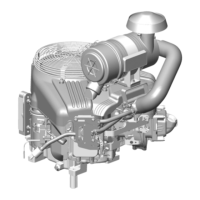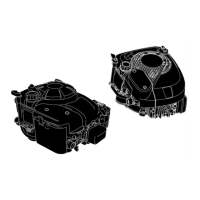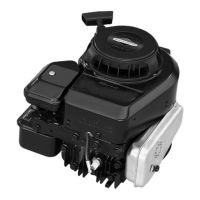85
10
ELECTRONIC FUEL INJECTION (EFI)
SYSTEM
The EFI system controls two aspects of engine
operation:
• The amount of fuel delivered to the engine
• The amount of ignition timing advance
The end result is optimum engine performance and
maximum fuel economy while maintaining exhaust
emission standards.
The Kiehn EFI system is equipped with an engine
control unit (ECU) with a self-diagnostic function. If
a malfunction in the system occurs, the ECU will
identify the source and store the corresponding fault
code(s).
A malfunction indicator lamp (MIL) will illuminate,
indicating that the system needs service. The MIL
will remain illuminated until the fault code(s) are
read and the memory is reset.
The EFI system also employs a fail-safe function
(limp home mode). If a major system malfunction
were to occur, the engine would continue running at
reduced capacity, based on parameters within the
ECU, to prevent damage and avoid leaving the
operator stranded.
NOTICE: If an abnormal crankshaft pulse is
detected, the ECU will shut the engine down to
prevent damage from occurring.
EFI Components
The system includes the following components:
• Air Temperature Sensor
• Crankshaft Position Sensor
• Crankshaft Reluctor Wheel
• Engine Control Unit (ECU)
• Engine Coolant Temperature Sensor
• Fuel Pump
• Fuel Filter
• Fuel Rail
• Fuel Injectors
• Heated Oxygen Sensor
• Ignition Coils
• Malfunction Indicator Light (MIL)
• Manifold Absolute Pressure (MAP) Sensor
Air Temperature Sensor
The air temperature sensor (Figure 1) provides
continuous updates to the ECU on the air
temperature entering the intake manifold. The ECU
makes small corrections, based on certain
temperature ranges, to increase or decrease the
amount of fuel injected above the base injection
time.
Figure 1
WARNING
The EFI fuel system remains under
high pressure, even when the engine
has stopped.
Failure to release pressure before ser-
vicing could result in fire or explosion.
• Before attempting to service any part of
the fuel system, the pressure must be
relieved.
• Remove the spark plug.
• Disconnect negative battery cable.
• Ensure the engine is cold.

